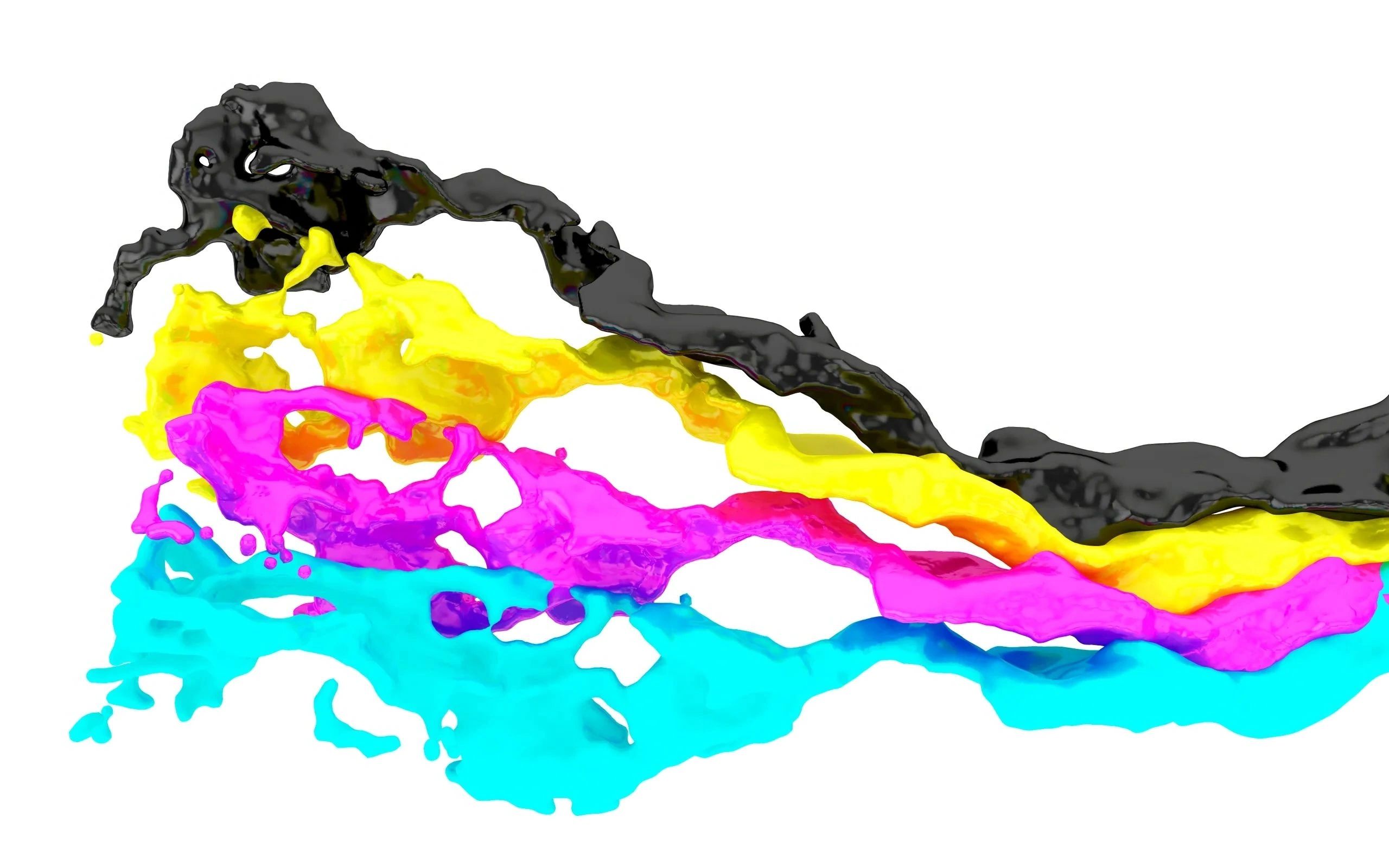

Alabama Paper Company provides wholesale quantities of printing paper & Ink toner at competitive prices throughout the U.S. We supply a variety of products of the highest quality through partnerships with reputable brands.
Product Purchasing Pricing Request
Purchase orders can be initiated through our online portal or by email. We accept one-time purchase ordering and or monthly re-occurring orders for higher purchase volumes of product. Monthly re-occurring orders are eligible for special discount promotions. We accept Visa MasterCard American Express Discover. Deliveries may be subject to delays dependent upon availability and distribution shipment demand.
Our Commitment to Customer Satisfaction
Alabama Paper Company is committed to providing the highest quality of customer service. Our standard is to exceed expectations by providing a tailored experience to each of its consumers.
Wholesale Ordering
For product inquiries pertaining to Printing Paper - Ink & Toner Purchasing submit all requests via email: Placemyorder@AlabamaPaperCompany.com
Subscribe to our monthly order list 10% Discounted Rates

"Wholesale Printing Paper and Ink Toner"
Printing Paper Options
A4 Standard, Print Copy Paper (8.5" x 11"), 500 Sheets per ream, 8 Reams, Jam Resistent, 20LB, 92 Brightness ($75 per case)
A3 Legal Firm, Print Copy Paper, (8.5" x 14"), 500 Sheets per ream, 8 reams Per Case, 20LB, 92 Brightness ($110 per case)
"Wholesale Printing Paper and Ink Toner"
Branded Product Vendors




Contact Us
Questions or Comments
For order inquiries submit your request to placemyorder@alabamapapercompany.com
Alabama Paper Company
Hours
Open today | 09:00 am – 05:00 pm |
Copyright © 2025 McLean Investments & Consulting, DBA: Alabama Paper Company - All Rights Reserved.
Powered by McLean Investments & Consulting
This website uses cookies.
We use cookies to analyze website traffic and optimize your website experience. By accepting our use of cookies, your data will be aggregated with all other user data.